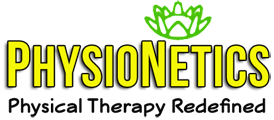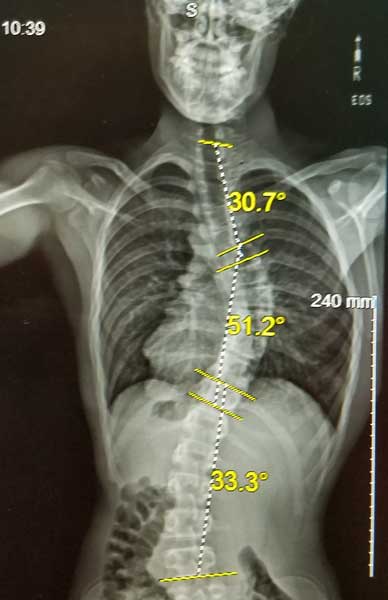
How Do I Know My Child has Scoliosis?

What are the common signs of possible Scoliosis?
Scoliosis often time goes undetected until the child undergoes a rapid growth phase during their adolescent years. According to the Scoliosis Research Society (SRS) and Society on Scoliosis Orthopedic and Rehabilitation Treatment (SOSORT), early detection of scoliosis may reduce the risk of curve progression to a point where surgery is indicated. Additionally, clinical trials of patients with mild scoliosis of 10-20 degrees undergoing physiotherapy scoliosis specific exercises (PSSE) such as the Schroth method have shown to prevent progression to the level of deformity needing brace treatments.
Things to look for:
- Family history
- If a parent, grandparent or siblings has been diagnosed with scoliosis, your child has a 30% more chance of having scoliosis according to the American Academy of Orthopedic Surgeons.
- Growth spurts
- Majority of Adolescent Idiopathic Scoliosis is identified after a rapid growth spurt during the pre-teen and teenage years.
- Parents should be on the lookout for postural abnormalities during these periods of development.
- Back pain - Although most children will not complain of back pain due to scoliosis, low back pain and shoulder blade pain may be associated with this postural abnormality specially in athletes.
- Postural Abnormalities - Observable postural habits often times are tell-tale signs of scoliosis. Parents are encouraged to pay attention to how their child stands, sits and walks.
- Noticeable shoulder height differences, rib humps, shoulder blade protrusions, waist line asymmetry and apparent leg length differences should prompt a check-up by a pediatrician or physical therapist specializing in scoliosis.
- Twisted clothes - Clothing that no longer fits right or appears twisted and uneven may be a warning sign of scoliosis.
- Parents should take note of neckline, sleeves, hemline for symmetry. Clothes with stripes are a good way to check for symmetry as the stripes will often look twisted in the case of scoliosis.
Although, in the USA the current standard of care for scoliosis is to sit and wait, SRS and SOSORT advocate screening for early detection and conservative management of scoliosis via physiotherapy scoliosis-specific exercises such as the Schroth method.